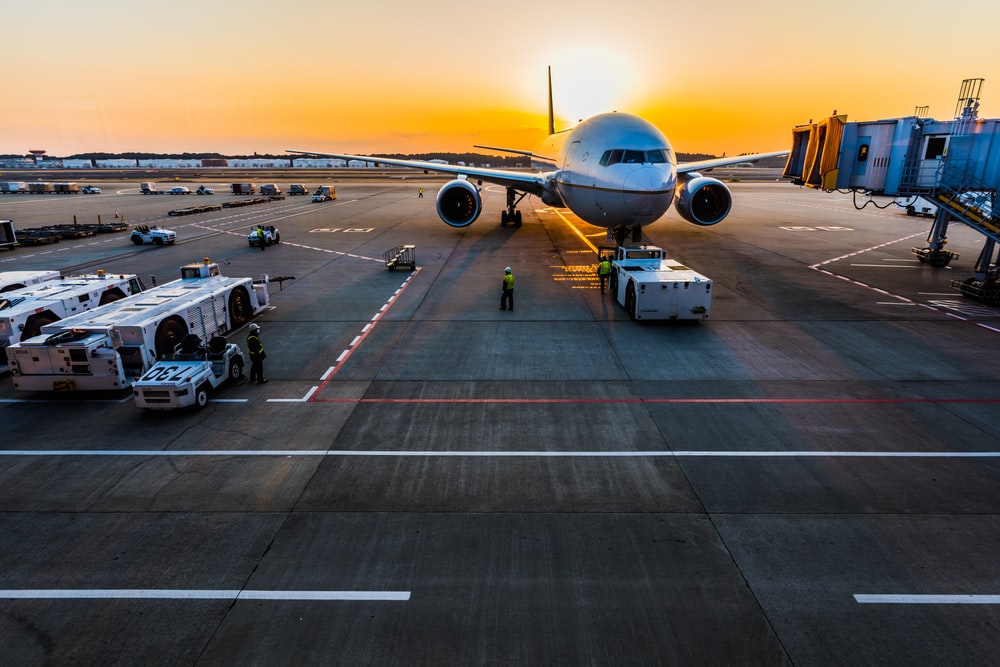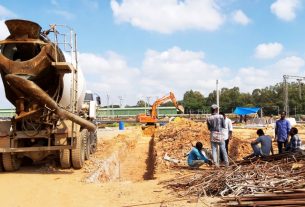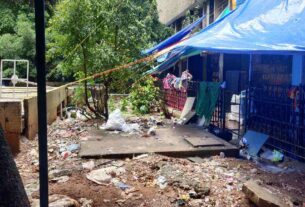The Prime Minister’s Office (PMO) on Wednesday referred an environmentalist’s concern of increased bird hit threats to the Civil Aviation Ministry.
Navi Mumbai: Days after the environmentalist and director of NatConnect foundation, Mr. B N Kumar wrote a letter to Prime Minister (PM) Modi, citing concerns over the threats of increased bird hits due to the upcoming Navi Mumbai International Airport (NMIA), the Prime Minister’s Office has asked the Civil Aviation Ministry to look into the situation.
“Imagine, Sir, 10,000 birds in the sky flying here and there in search of food and resting place when you have flights landing and taking off at the new airport,” the letter to the PM said.
“We are glad the PMO has referred our concerns to the right authority,” said B N Kumar.
The Rs. 16,700 crore NMIA project covers 1160 hectares and is surrounded by Uran and Panje wetlands. It is being executed by Navi Mumbai International Airport Limited (NMIAL) and the City and Industrial Development Corporation (CIDCO), the government of Maharashtra’s city planning agency, under a public-private partnership.
According to a quarterly report published by Bombay Natural History Society (BNHS), the Panje wetlands, close to which NMIA is coming up, is a major habitat and congregation point for a large number of residents and migratory birds. This is also because Navi Mumbai lies on the Central Asian Flyway, one of the main migratory routes attracting around 10,000 to two lakh birds during migration seasons. The BNHS has also taken the responsibility of surveying the impact of the NMIA on birds and their population, for ten years, since 2017.
“We know that there has been a major reduction in the population and flight patterns of birds since the development of those lands for the airport,” said Rahul Khot, a researcher at BNHS. He added that the study was still underway and that they plan to discuss the concerns with the government to propose alternate sanctuaries.
“Environmentalists and BNHS have previously raised concerns to authorities regarding the loss of habitat due to the construction of the airport and other infrastructure development projects surrounding ecologically sensitive areas. However, no action has been taken,” said Supriya Verma, a volunteer environmental activist in Navi Mumbai.
“Thousands of flamingos frequent the lake in Talawe wetland seasonally, but since the development of the airport over the past year, the number has visibly and significantly reduced,” said Sunil Aggarwal, environmentalist and a resident near the wetland. The Talawe wetland falls within a 10 km radius of the NMIA construction site.
D Stalin, director of environmental NGO Vanashakti and a member of the Bombay HC appointed wetland protection and redressal committee said, “CIDCO has displayed a history of plundering wetlands and prioritizing industrial development over environmental conservation. CIDCO deserves credit for construction of good roads, hospitals, and city development, but it has ignored various environmental concerns and has proved their tolerance for forest areas and natural spaces is very low.” He added, however, that Maharashtra’s MVA government seems to be environmentally sensitive and there is hope for resolution of such environmental concerns in the future.




